Redefining the Building Envelope: How Prefabricated Facade Systems Work

In today's construction industry, time, quality, and sustainability are everything. Prefabricated facade systems have emerged as the ultimate solution for developers and architects seeking speed without compromise. By merging industrial precision with digital innovation, these systems redefine what's possible in modern building envelopes-delivering exceptional energy performance, design freedom, and cost efficiency. In this article, we'll explore how prefabricated facades work, why they're transforming the U.S. construction market, and how Dextall leads this evolution with advanced technology and engineering excellence.
Prefabricated Facade Panel Systems
Prefabricated facade panel systems are changing the approach to construction.
Prefabricated facade panel systems are transforming construction methods in many countries, including the United States, by offering solutions that allow projects to be completed much faster, at lower costs, and with consistent technical performance. By combining advanced manufacturing technologies with innovative software, these systems significantly accelerate project delivery and reduce overall expenses without compromising quality. As a result, they are becoming increasingly popular in both new and retrofit construction.
Prefabricated facade panels are factory-produced units that ensure consistent quality, a high level of thermal insulation, and building durability. Additional advantages such as fast installation, reduced labor requirements, and compliance with environmental standards make these systems an optimal choice for efficient and sustainable construction.
Dextall, one of the leaders in the development and supply of prefabricated facade systems, implements such approaches by offering innovative solutions that meet the highest building standards in the United States and other countries, helping to meet market demand for fast, efficient, and environmentally friendly construction.
Prefabricated Walls
Prefabricated walls are factory-made structures used as an alternative to traditional on-site construction methods.
Prefabricated walls represent one of the key innovations in modern construction, combining high quality, sustainability, and cost efficiency. Factory fabrication helps avoid many issues inherent in traditional techniques, speeds up project completion, and ensures precision that meets strict building standards and climate requirements.
Structural Features of Prefabricated Walls
Prefabricated walls have a multi-layered design composed of the following main elements:
- Frame - steel or aluminum, engineered to withstand climatic, seismic, and wind loads in different regions.
- Thermal insulation layer - made from certified materials with high chemical stability and low thermal conductivity, significantly reducing heat loss.
- Hydro and vapor barrier - protects internal layers from moisture, preventing damage and mold formation.
- Exterior cladding - concrete, metal, composite materials, stone, brick, or stucco, meeting architectural requirements and offering a wide range of design options.
Each panel undergoes strict factory quality control and multiple tests to ensure compliance with project standards and safe long-term performance. The precision of factory fabrication allows panels to be installed easily, adapted to local conditions, and ensures reliable operation of the facade for many years.
Time Savings and Quality Assurance
One of the main advantages of prefabricated walls is the significant reduction in overall construction time. Since panel production is carried out simultaneously with site preparation:
- Panels are delivered ready for installation, which eliminates the need for "wet" processes, allows work to continue in any season, and accelerates assembly.
- The use of factory automation and control systems minimizes manufacturing defects, which in traditional construction may cause additional corrections and delays. This technology enhances the quality of the finished facade and the reliability of the structure.
- The need for large on-site labor is reduced by up to 87%, which increases safety and lowers overall personnel costs.
- Reduced construction waste and optimized logistics further contribute to resource savings.
These advantages make prefabricated walls a reliable foundation for sustainable, fast, and modern construction. Dextall actively integrates these benefits into its products, offering high-tech, eco-friendly, and economically efficient solutions.
Prefabricated Wall Panels
Prefabricated wall panels are factory-made facade elements composed of multiple layers responsible for the building's strength, thermal insulation, and aesthetics. Their role in U.S. construction has grown significantly in recent years due to their ability to combine factory-level quality with the speed of on-site installation. The distinction between prefabricated panels and prefabricated walls is important for understanding their functions and benefits.
Unitized Prefabricated Exterior Wall Panels by Dextall
Dextall's unitized prefabricated panels are innovative exterior wall systems produced off-site to precise specifications, ensuring high quality and efficient installation. These panels are designed for both new builds and retrofits, with a focus on durability, energy efficiency, and streamlined construction.
Key features of Dextall unitized panels:
- Integrated multi-layer system: Each panel incorporates factory-installed windows, cladding, and non-combustible core insulation in a light-gauge metal frame.
- Superior energy performance: Achieve up to 40% better energy efficiency than standard code-compliant wall assemblies.
- Airtight and watertight installation: Plug-and-play interlocking gaskets at joints eliminate the need for wet sealants or scaffolding, helping ensure consistent enclosure quality.
- Design flexibility: Multiple exterior finish options, including premium brick, fiber cement, aluminum, ACM, ultracompact surfaces, and integrated solar (BIPV), allow for a wide variety of architectural designs.
- Faster construction process: Panels are delivered ready to install, significantly reducing on-site labor and installation time by up to 70% compared to traditional methods.
- Sustainable and cost-effective: Lower energy use, reduced material waste, and minimal maintenance help support sustainability and deliver long-term savings.
Standardization of Design and Quality Control
In factory conditions, prefabricated panels are produced under strict quality standards, which is one of their key advantages. The combination of computer modeling, automated control systems, and robotic production lines ensures:
- Dimensional and shape consistency for precise installation.
- Control over material thickness, insulation layer uniformity, and adhesive bonding.
- Compliance with U.S. fire safety codes, energy efficiency certifications (LEED, WELL), and local regulations.
- Minimization of human errors and defects common in traditional on-site construction.
This standardization not only shortens construction timelines but also guarantees predictable quality and durability of facade systems. Importantly, design flexibility is preserved-contractors can choose from various finishes and configurations, allowing panels to adapt to any architectural solution.
Prefabricated wall panels are an ideal solution for modern projects requiring high performance, sustainability, and aesthetics. Dextall integrates these principles into its production, offering a product with guaranteed quality, rapid installation, and compliance with the highest U.S. building standards.
Frequently Asked Questions
What are the advantages of Dextall prefabricated facade panels?
The panels are factory-made and quickly installed, reducing construction timelines by up to 80%. They feature high quality, superior energy efficiency, and full compliance with U.S. standards such as Local Law 11 and 97.
Are prefabricated panels suitable for different climate zones?
Yes. Dextall panels are resistant to wind, moisture, seismic loads, and temperature fluctuations, performing reliably in all climate conditions across the U.S.
How do prefabricated panels meet environmental standards?
Certified LEED and WELL materials are used in manufacturing, reducing energy consumption, improving indoor comfort, and lowering the building's carbon footprint.
What is the expected service life of Dextall panels?
Over 30 years, thanks to high-quality, non-combustible materials and protection from UV radiation, corrosion, and mechanical damage.
Can individual panels be repaired or replaced?Yes. The modular fastening system allows damaged panels to be replaced easily without dismantling the entire facade.


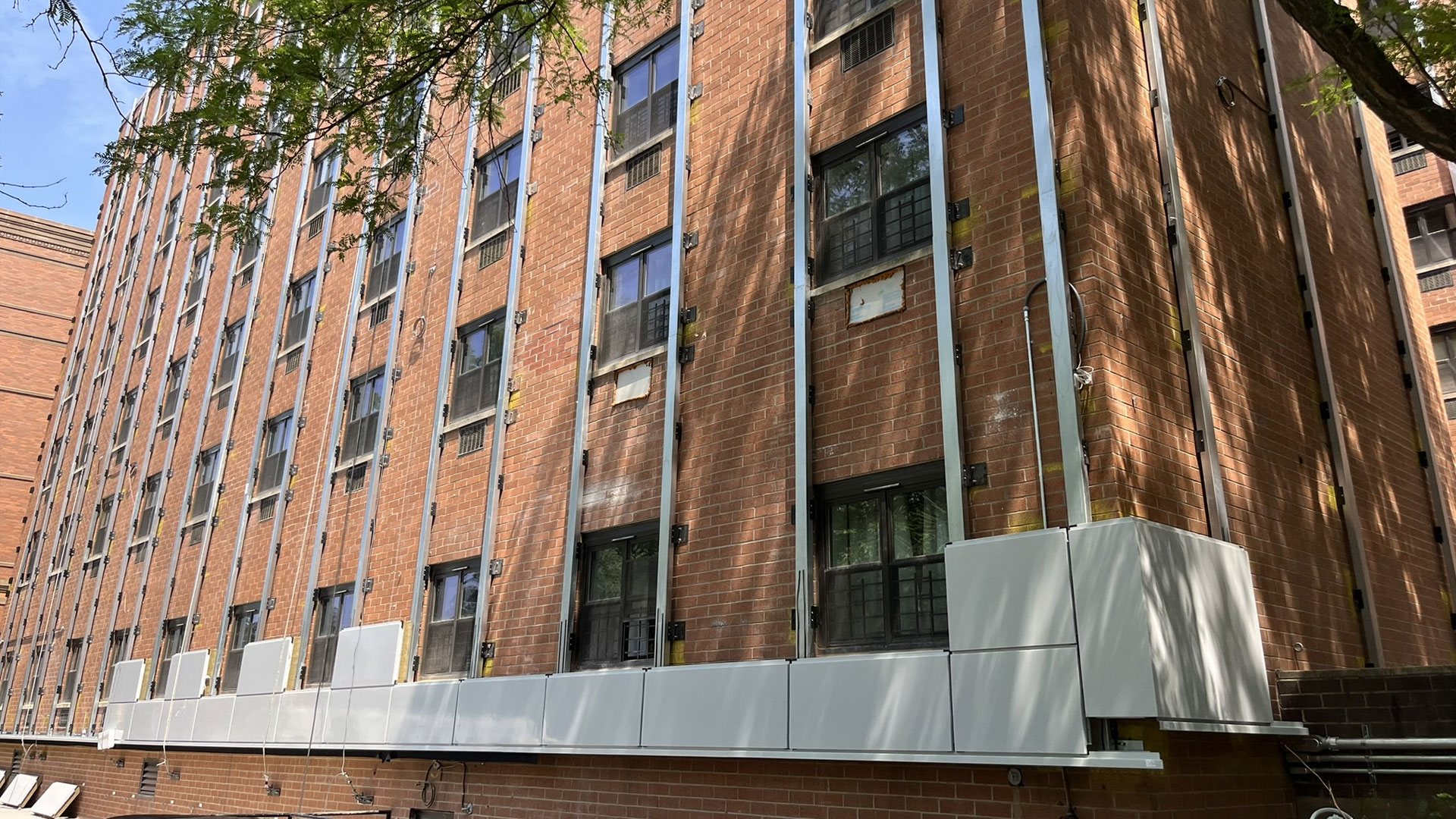
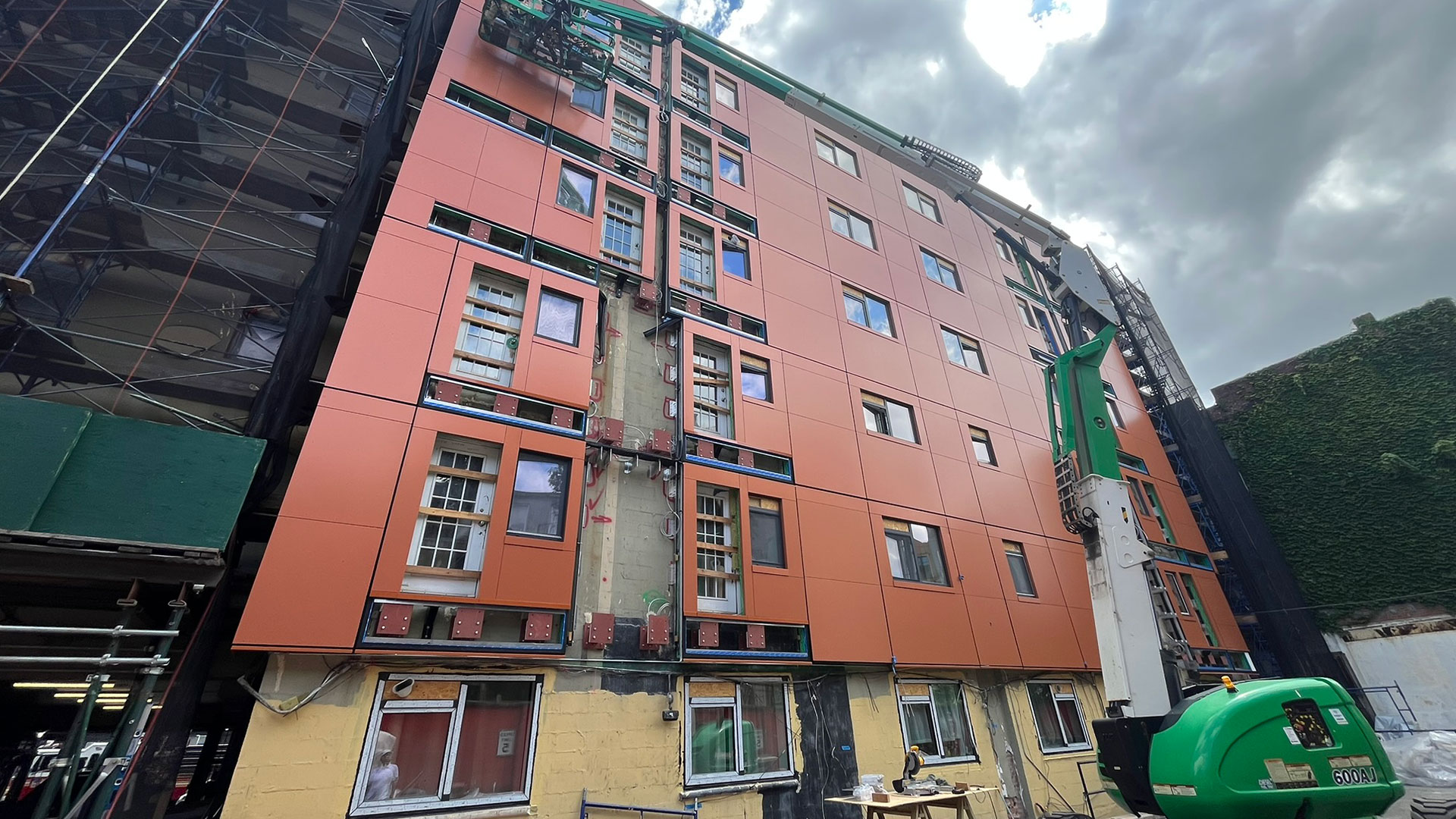


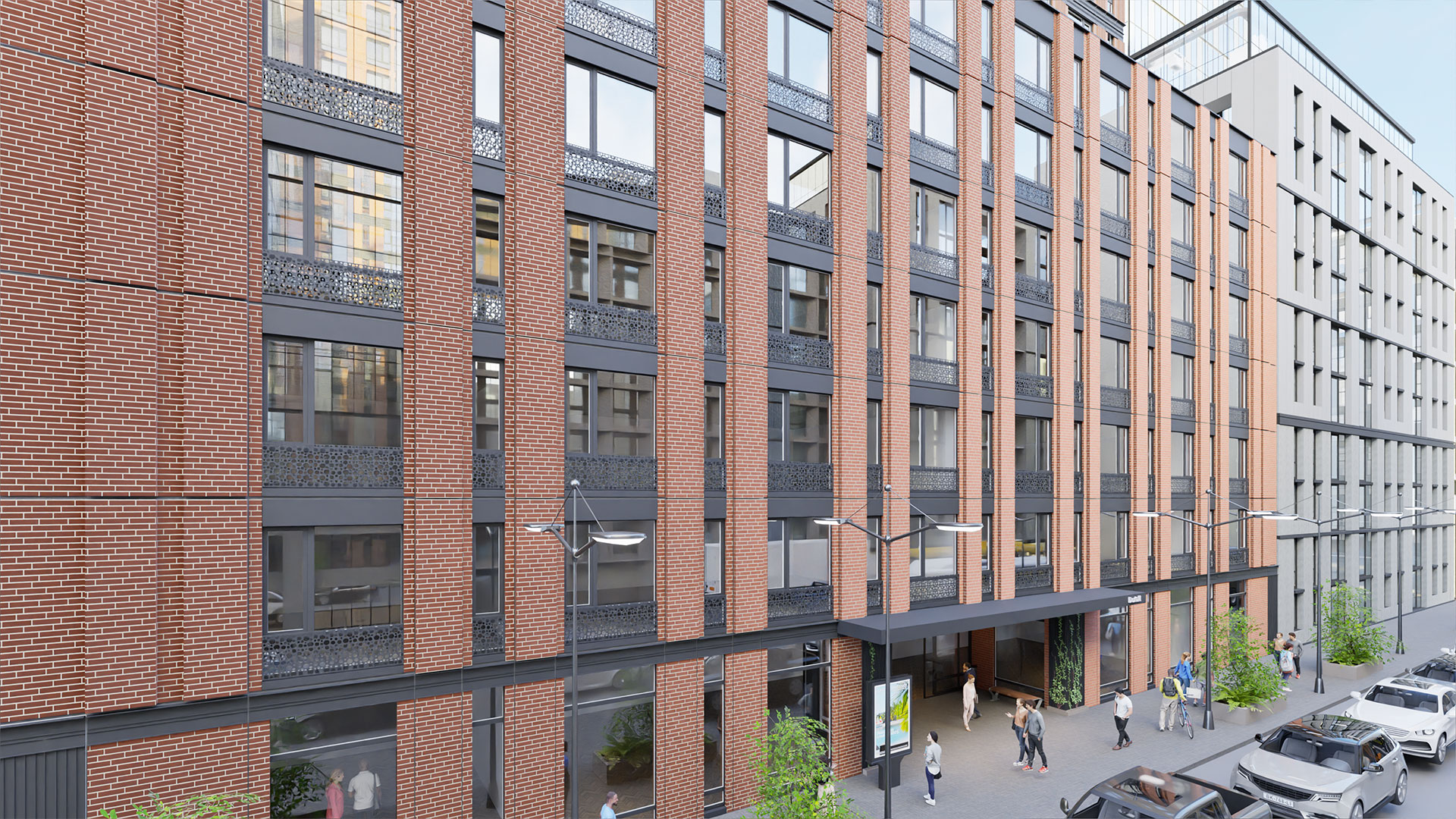


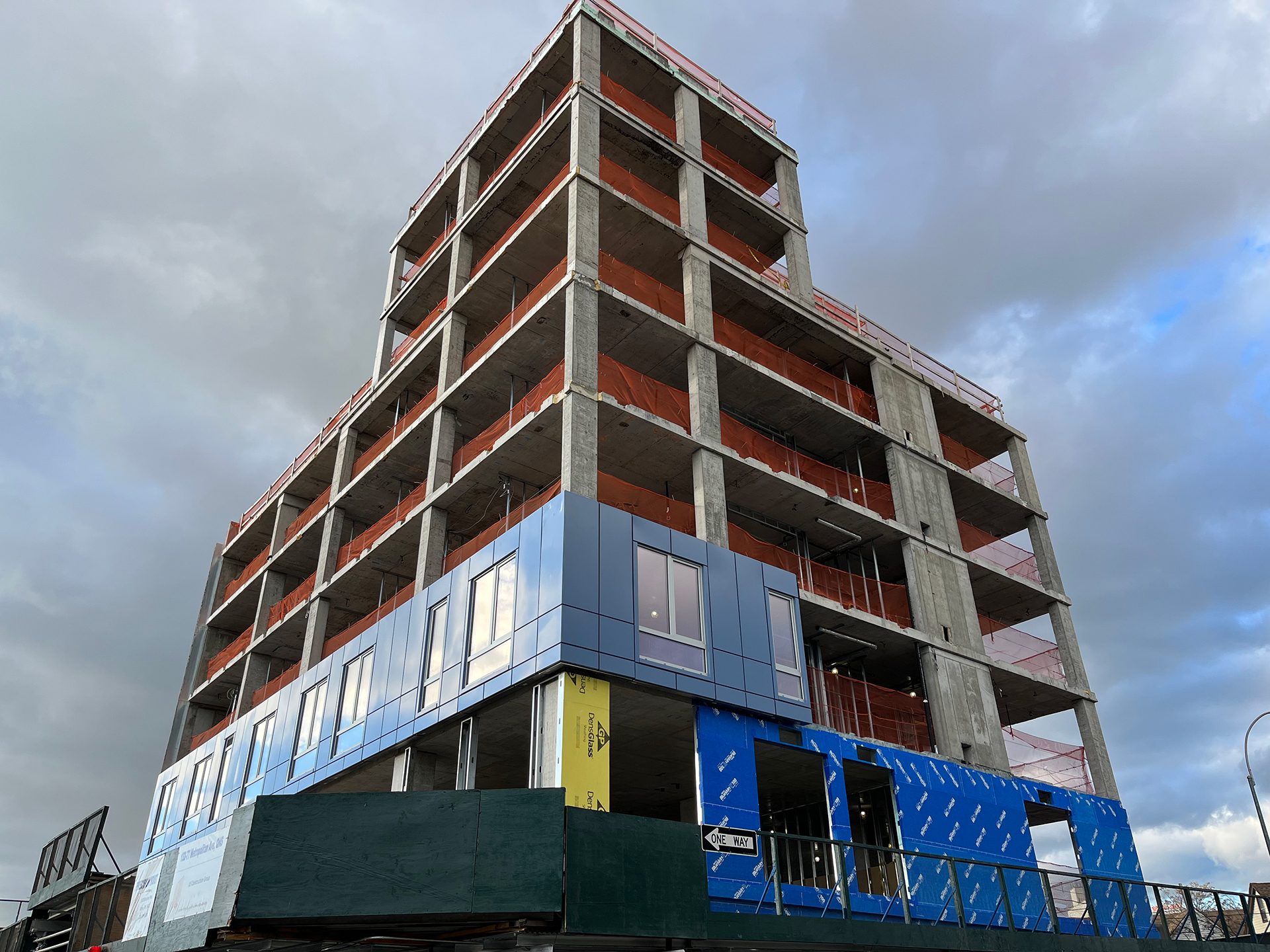
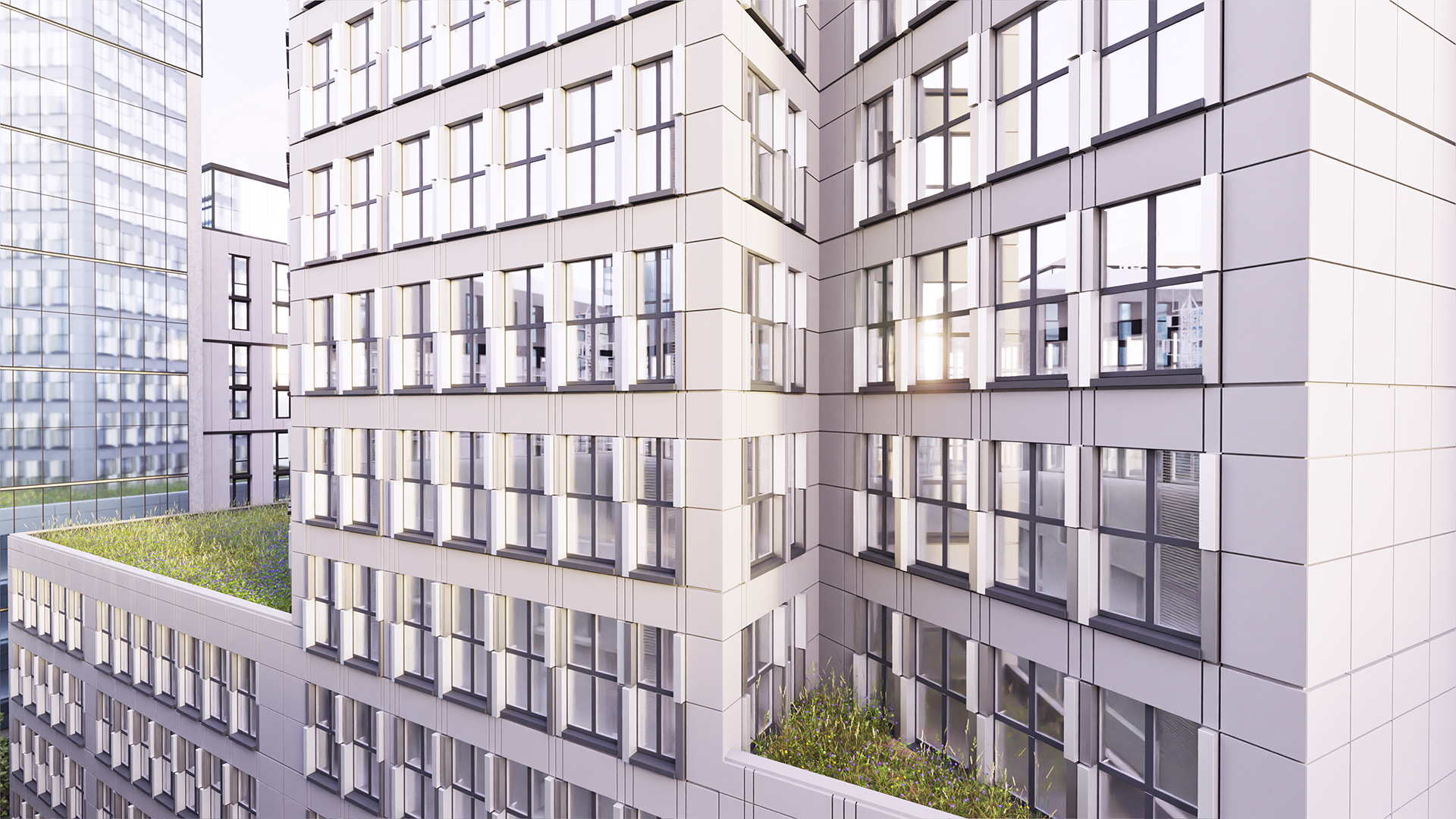






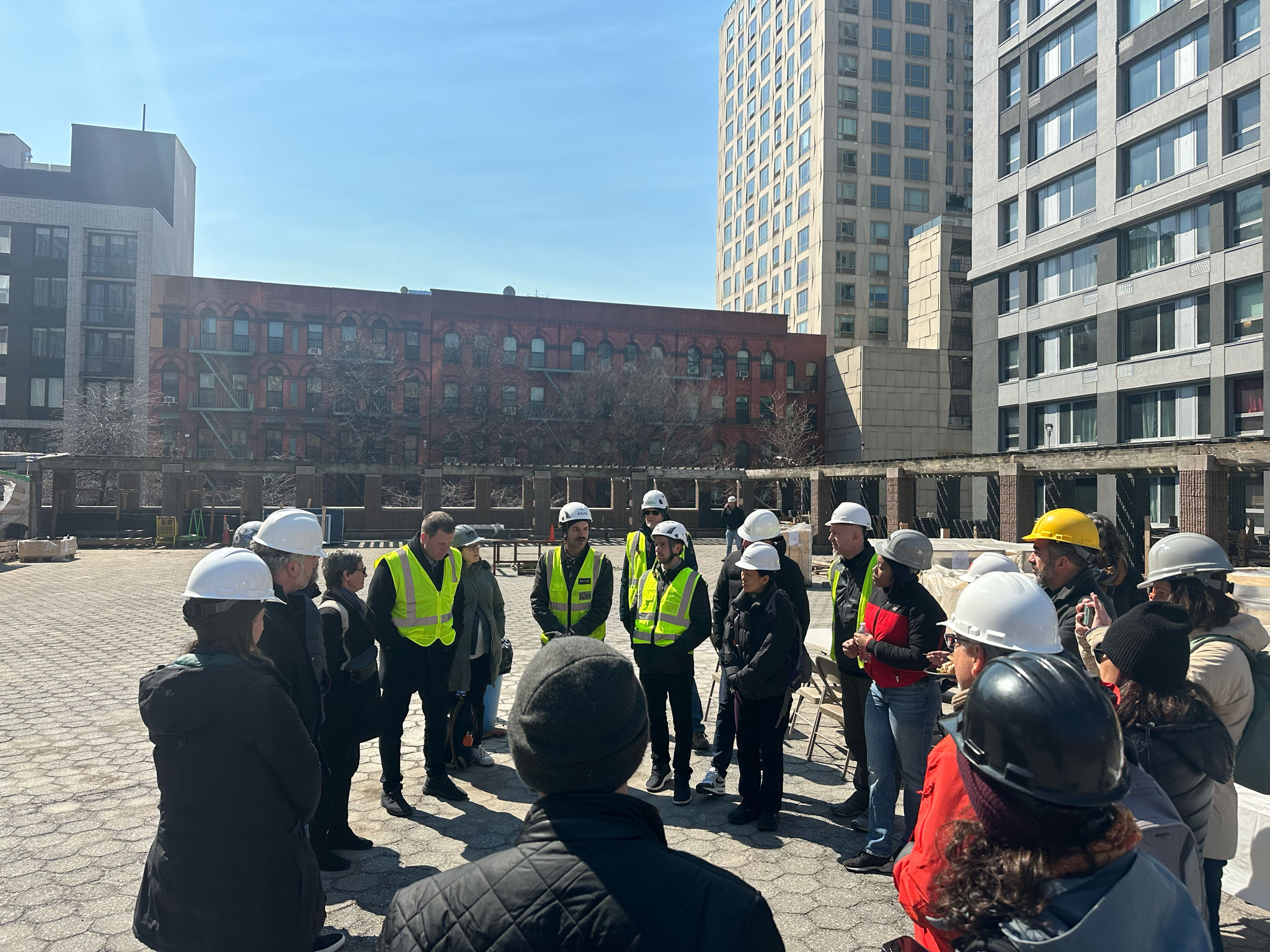



_format(webp).avif)
_format(webp)%20(6).avif)
_format(webp)%20(5).avif)
_format(webp)%20(4).avif)
_format(webp)%20(2).avif)
_format(webp)%20(3).avif)


.avif)
_format(webp)%20(2).avif)